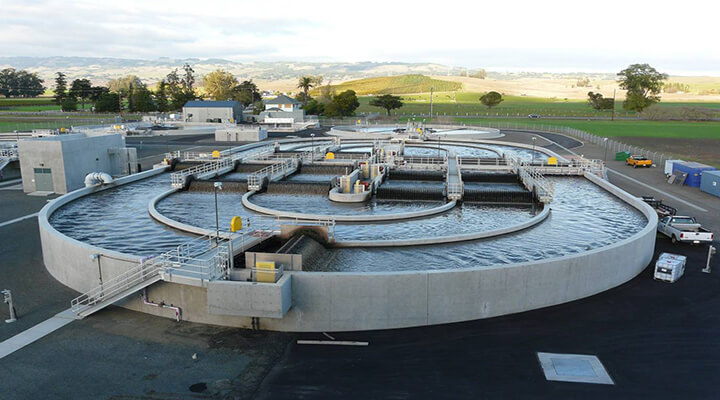Filter 0
Market
0
OX™ Disc Aerators
Disc Aerators offering reduced lifecycle costs
Aerobic treatment is a biological wastewater treatment process that takes place in the presence of oxygen. Aerobic biomass converts organics in the wastewater into carbon dioxide and new biomass.
The first step in a wastewater treatment process utilizes primary or mechanical systems to remove large suspended and floating solids. In the next step, called secondary or biological wastewater treatment, high concentrations of naturally occurring bacteria are confined in treatment tankage and combined with protozoa and other microbes to form activated sludge. The activated sludge bacteria break down organic molecules into inert substances creating effluent water suitable for discharge to rivers, lakes or streams.
Evoqua offers aerobic treatment systems for both municipal and industrial facilities looking to treat raw wastewater and/or polish anaerobically pretreated wastewater. Ultimately, further reducing biochemical oxygen demand (BOD), total suspended solids (TSS), nitrogen, and phosphorus. Aerobic treatment systems can also be used specifically to remove nitrogen and phosphorus in the process known as biological nutrient removal (BNR).
Effluent suitable for direct discharge or water reuse
Tolerates some disinfection chemicals such as those used in industrial processes
Capable of biological nutrient removal (nitrogen and phosphorus)

Disc Aerators offering reduced lifecycle costs